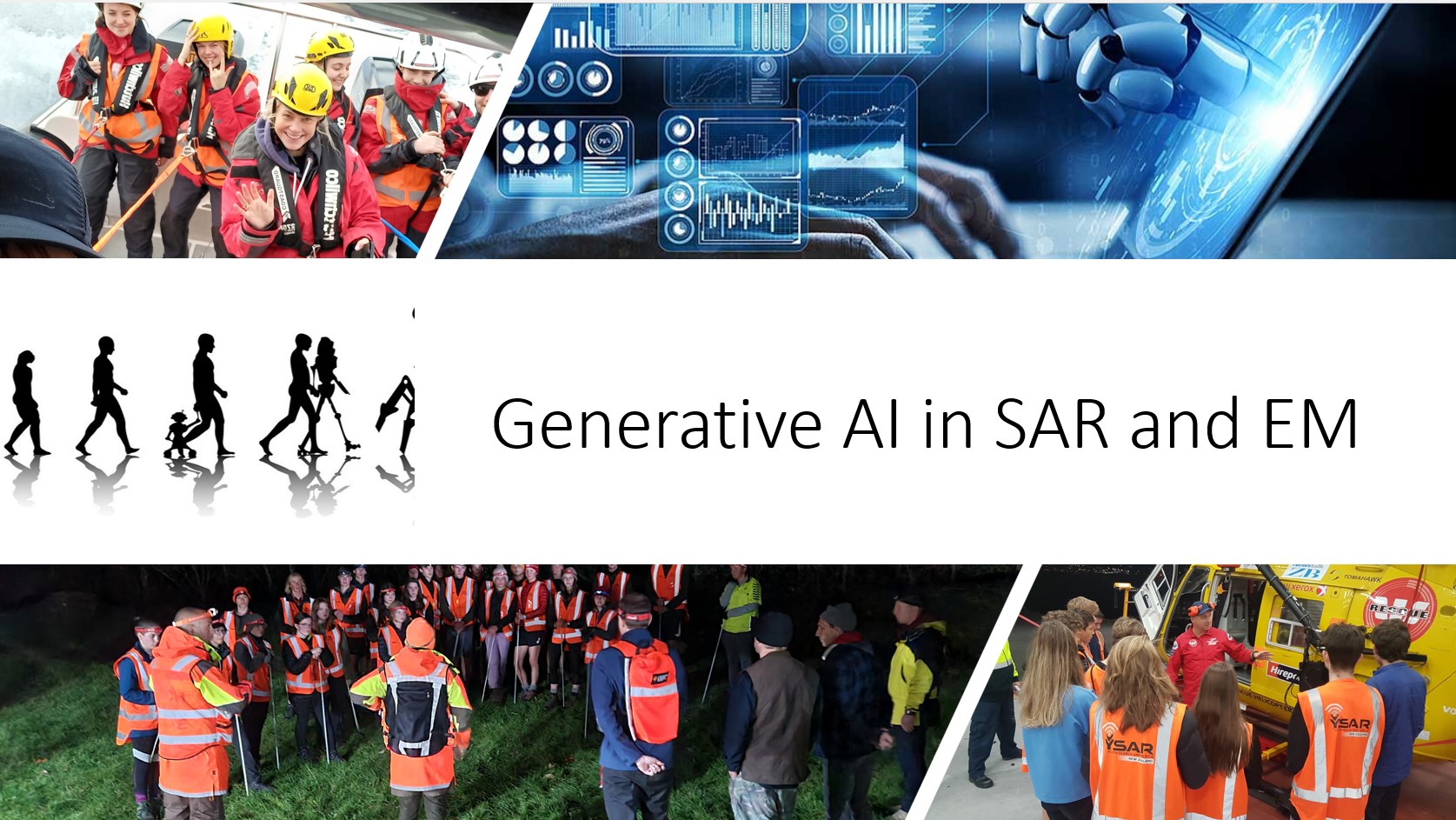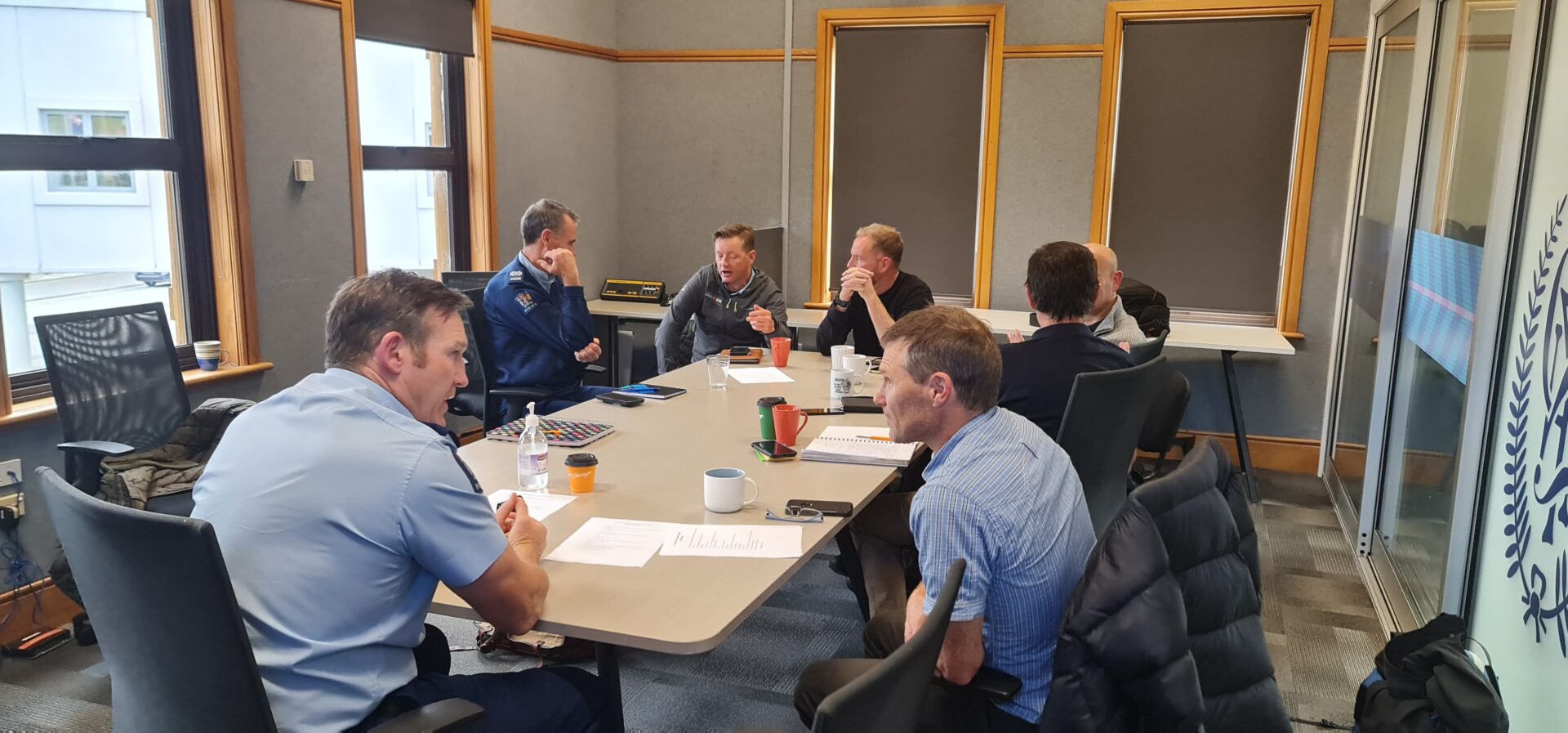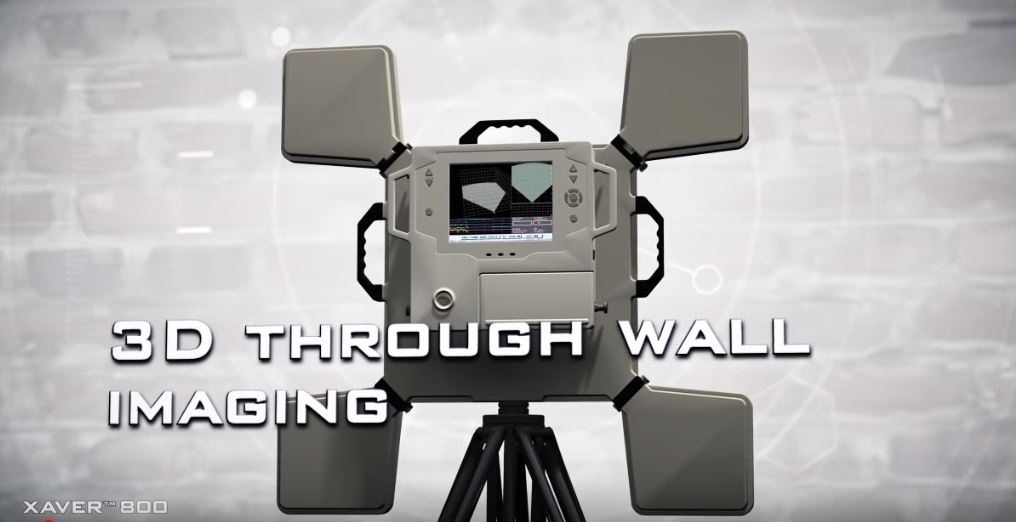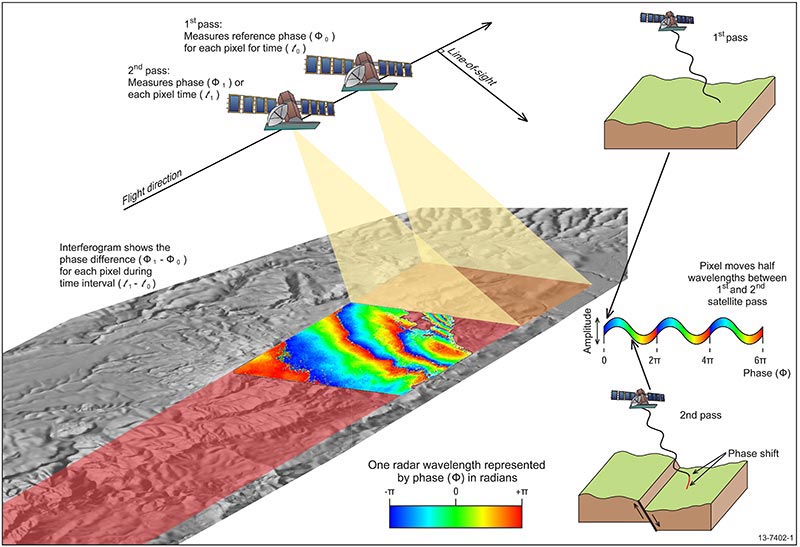Harnessing Generative AI and LLM for SAR and Emergency Management

In recent years, the advancement of generative AI and Large Language Models (LLM) has opened up new possibilities for supporting Search and Rescue (SAR) and Emergency Management (EM) operations. The integration of AI technologies has the potential to enhance the existing capabilities of SAR and EM agencies, leading to improved resilience, readiness, response, and recovery efforts..
YSAR Trust is Proud of their Partnership with KT Services for GPS, PLBs, Radio Communications, Stretchers and First Aid Equipment

YSAR Trust, a non-profit charity organization committed to training the next generation of Search and Rescue and Emergency Management responders, has partnered with KT Services for the supply of essential […]
YSAR CANVAS Learning Management System

YSAR use the world-leading education technology CANVAS by Instructure to deliver its program. Through an education development strategy and project, all training resources are online and can be delivered in […]
Celebrating Volunteers in Search and Rescue and Emergency Management

As we reach the end of this week celebrating volunteers, I’d like to say thank you to the Search and Rescue and Emergency Management volunteers who tirelessly turn up for […]
YSAR accompany Police on National Roadshow

Starlink is set to significantly improve SAR and EM communications

STARLINK BUSINESS – Communications application for SAR and EM on the horizon Since the use of PolSAR HF radios communications in the outdoors has had incremental changes over the years. […]
All about distress beacons COSPAS-SARSAT

How to save a life A COSPAS-SARSAT beacon, also called a distress radio beacon or emergency beacon, is a radio transmitter that can be activated in a life-threatening emergency to […]
World Vision – Utilising technology in emergency response

While technology and innovation are not synonymous, the right technology can inspire and facilitate new and better ways to achieve our goal to protect children from the impact from disasters.
Xaver Sense Through the Wall System

Operators can deploy Camero’s Xaver family of scanners on solid walls to get a 3D outline of the objects behind it. The system uses an ultra-wideband radar to “see” through walls along with a “breath detection” mechanism to differentiate between static and moving objects.
SAR for SAR – Technology on the horizon – The use of Synthetic Aperture Radar for Search and Rescue

Synthetic aperture radar (SAR) images are produced by an active system that sends a microwave signal from a sensor platform to the ground and detects backscattered waves that the ground reflects directly back to a receiver on the same platform, which can be borne aloft by either airplanes or satellites. When the source and receiver are on the same platform, the radar is said to be monostatic. If the source and receiver are on different platforms, the radar is said to be bistatic. Commercial SAR systems are monostatic and always collect images to the side of the flight path of the sensor platform, unlike most multispectral imaging systems, which commonly look straight down and are passive (consisting only of receivers of reflected sunlight and emitted thermal infrared radiation).
